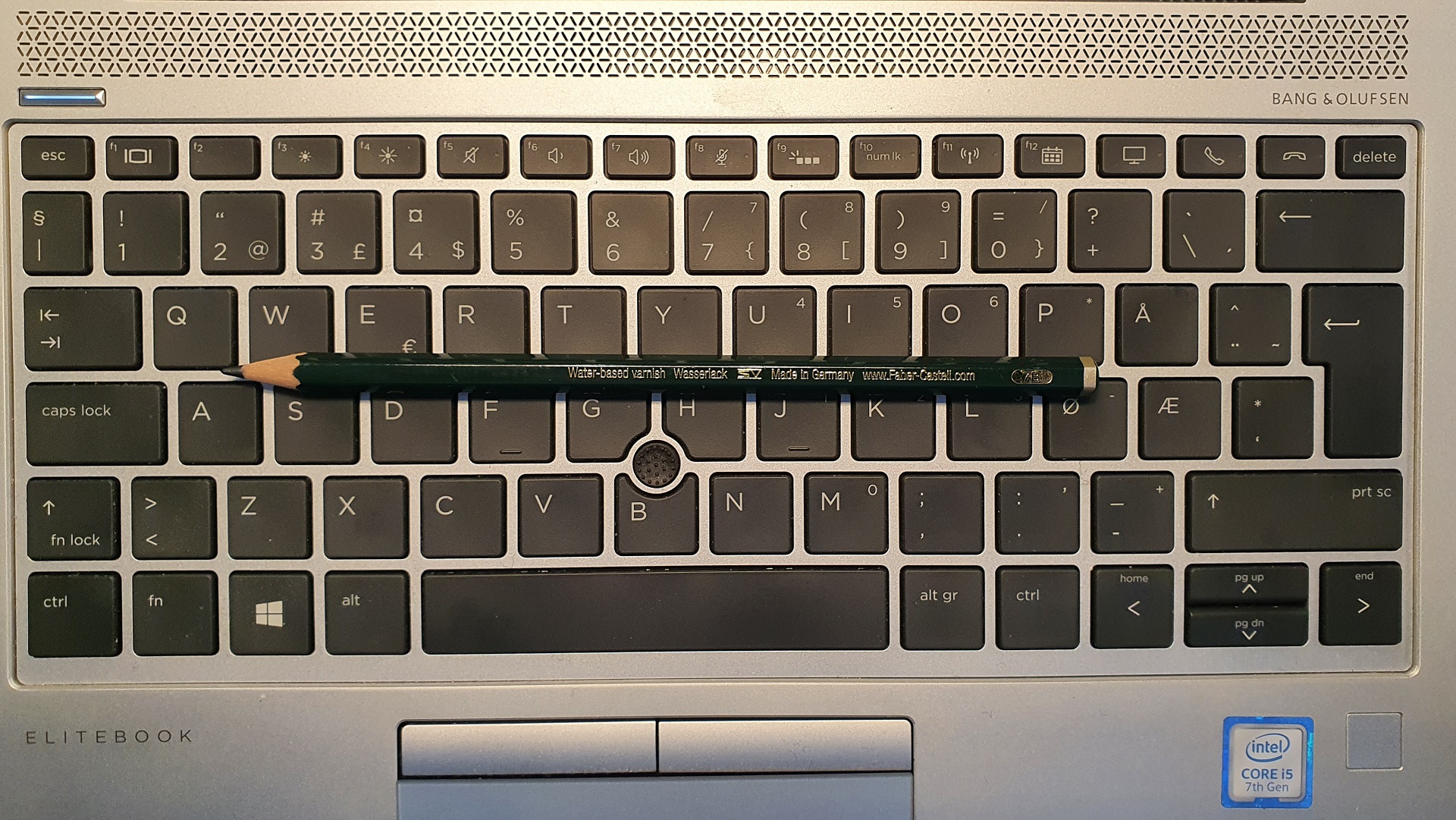The use of corpus linguistic[1] methods to study the language of literature, referred to as literary corpus stylistics, got a real boost with the publication of Leech & Short's 1980 publication, Style in Fiction. A Linguistic Introduction to English Fictional Prose. The book shows, among other things, how literary research can benefit from the application of quantitative methods. However, there was, and still is, much scepticism among literary scholars as to the benefit of using such methods in studying, e.g. stylistics. This scepticism should be taken seriously, even though we today have seen how the use of quantitative methods is probably the only way forward in some areas of literary studies, e.g. distant reading.[2] Below is an attempt at articulating this criticism and ways of making sure we are both aware of it and are able to contextualise it in relation to our own research. (What comes next is shamelessly copied from Michael Stubbs' 2015 "Quantitative methods in literary linguistics" in The Cambridge Handbook of Stylistics, pp. 46–62, eds Peter Stockwell & Sara Whiteley.)
“Stanley Fish[3] famously critises stylistics in general for being ‘circular’ and ‘arbitrary’, due to its selective attention to data. Either we select a few linguistic features that we know how to describe, and ignore the rest; or we select features which we know are important, describe them, and then claim they are important. Since stylisticians can neither describe everything, nor attach definitive meanings to specific formal features, they are apparently caught in a logical fork.”

A way out of the logical (Fish) fork
Stubbs sees four ways out of this logical fork, or dilemma, and any scholar using quantitative methods in the study of literary stylistics should scrutinise their findings and see how strong a claim can be argued for if compared to a qualitative approach to the same data, e.g. close reading.[4]
- Rejection. Stylistic analysis adds nothing to close reading. Worse, it is circular, since it merely describes a few things which we already knew were important. Furthermore, the frequency of a linguistic feature does not determine its literary importance.
- A weak defence. Perhaps stylistics analysis tells us nothing new, but it provides precise linguistic description. Computers can count (some) things accurately across large text collections, and there is, after all, some relation between frequency and salience.
- A stronger defence. Quantitative analysis can discover linguistic features which even expert scholars have not noticed and/or which cannot be discovered by manual analysis: for example, relative frequencies of patterns in a text and in a large reference corpus.
- The strongest(?) defence. A systematic stylistic analysis not only describes new things, but also helps to explain readers’ literary reactions, which are based on unconscious linguistic knowledge of norms of language use and stylistics variation.
- [1] https://en.wikipedia.org/wiki/Corpus_linguistics
- [2] https://en.wikipedia.org/wiki/Distant_reading
- [3] Fish, Stanley Eugene. 1973. "What is stylistics and why are they saying such terrible things about it?" In Approaches to Poetics 109–152.
- [4] https://en.wikipedia.org/wiki/Close_reading




